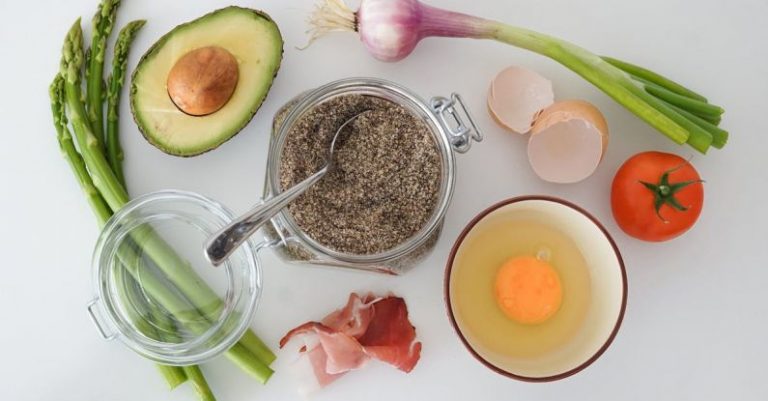
In the ever-evolving world of culinary arts, chefs are constantly seeking new ways to innovate and create unique dining experiences for their patrons. One way that modern chefs can infuse creativity into their menus is by incorporating traditional recipes. By blending time-honored techniques and flavors with a contemporary twist, chefs can pay homage to the past while also appealing to the modern palate.
Preserving Culinary Heritage
Traditional recipes are not just a collection of ingredients and instructions; they are a reflection of a culture’s history, values, and traditions. By incorporating these recipes into their repertoire, chefs have the opportunity to preserve and celebrate culinary heritage. Whether it’s a classic Italian pasta dish or a traditional Indian curry, these recipes carry with them the stories and flavors of generations past. Modern chefs can breathe new life into these dishes by presenting them in a fresh and innovative way, ensuring that they remain relevant and appreciated in today’s culinary landscape.
Balancing Tradition and Innovation
One of the challenges that chefs face when incorporating traditional recipes is striking the right balance between honoring the past and embracing the future. While it’s important to stay true to the essence of a dish, adding a modern twist can help elevate it to new heights. This could involve using unconventional ingredients, experimenting with different cooking techniques, or presenting the dish in a visually appealing manner. By infusing traditional recipes with a touch of innovation, chefs can create dishes that are both nostalgic and exciting, appealing to diners of all backgrounds.
Exploring Global Flavors
In today’s interconnected world, chefs have access to a vast array of ingredients and cooking techniques from around the globe. By incorporating traditional recipes from different cultures into their menus, chefs can introduce their diners to new and exciting flavor profiles. This not only expands the culinary horizons of the patrons but also fosters a greater appreciation for diverse food traditions. From Japanese sushi to Mexican tamales, the possibilities are endless when it comes to blending global flavors with a modern twist.
Honoring Ingredients and Techniques
Traditional recipes often rely on time-honored ingredients and techniques that have been passed down through generations. By incorporating these elements into their cooking, chefs can pay homage to the craftsmanship and skill of those who came before them. For example, using a traditional method of slow-cooking or sourcing locally grown produce can add depth and authenticity to a dish. By honoring these ingredients and techniques, chefs can create dishes that not only taste delicious but also tell a story of tradition and craftsmanship.
Creating Memorable Dining Experiences
At the heart of every great dining experience is the food itself. By incorporating traditional recipes into their menus, chefs can create memorable moments for their patrons. Whether it’s a dish that reminds diners of their childhood or a recipe that transports them to a far-off land, traditional dishes have the power to evoke emotions and create lasting memories. By infusing these recipes with a modern twist, chefs can elevate the dining experience and leave a lasting impression on their guests.
Embracing the Past, Looking to the Future
In conclusion, the integration of traditional recipes into modern culinary practices offers chefs a unique opportunity to blend the past with the present. By honoring culinary heritage, exploring global flavors, and embracing traditional ingredients and techniques, chefs can create dishes that are both nostalgic and innovative. In doing so, they not only pay tribute to the traditions of the past but also pave the way for new and exciting culinary creations in the future. By striking a balance between tradition and innovation, chefs can continue to push the boundaries of creativity and offer their patrons an unforgettable dining experience.





